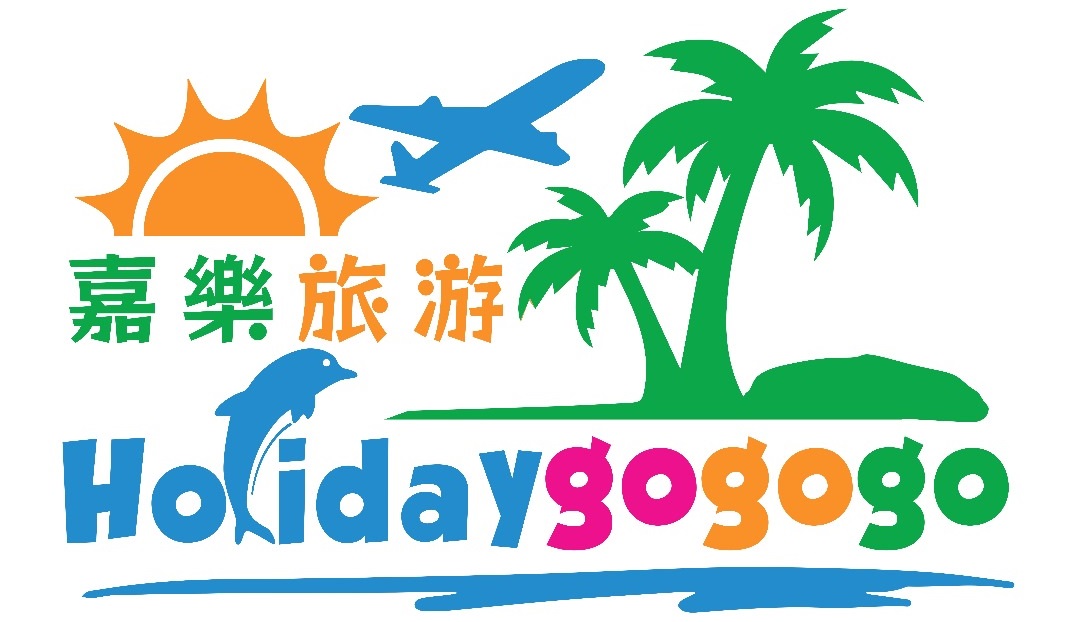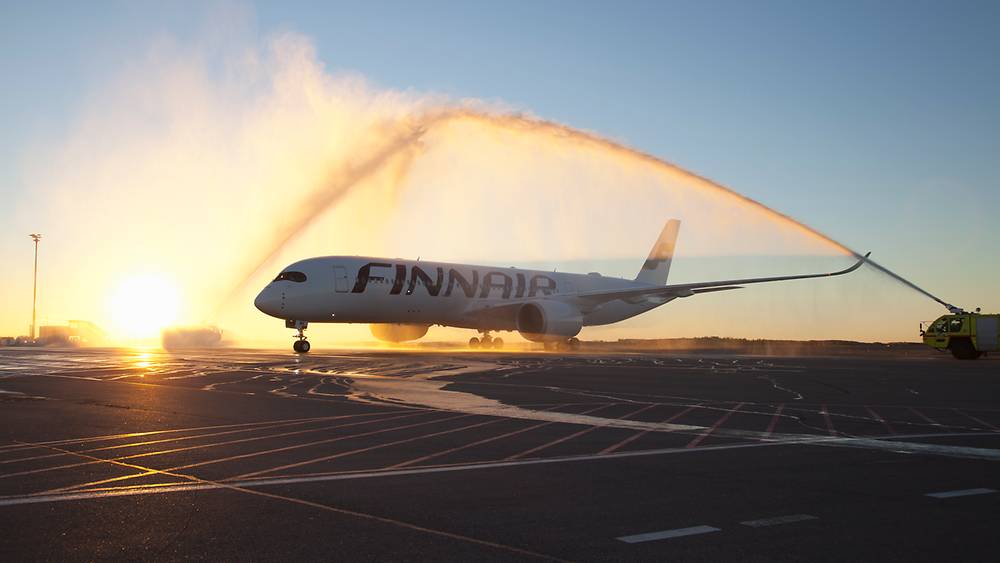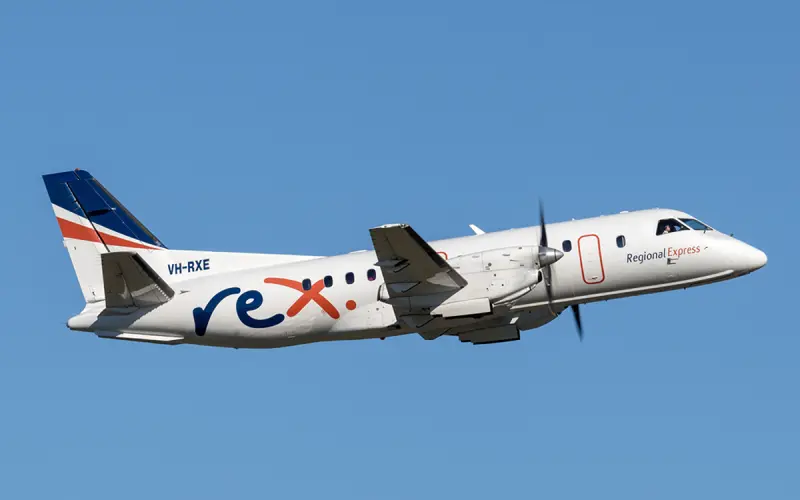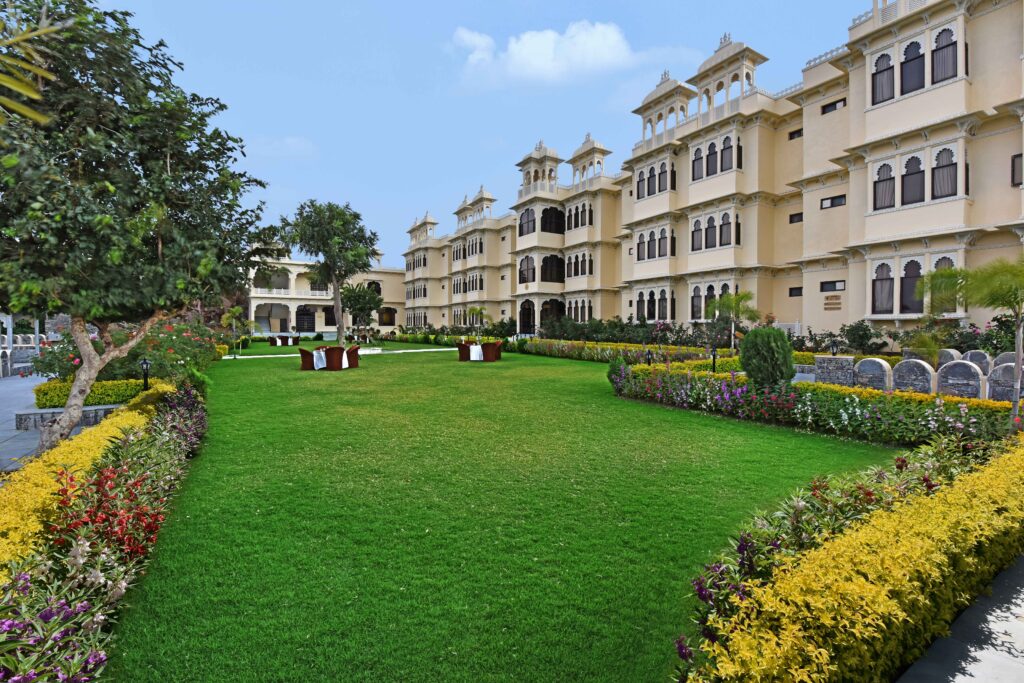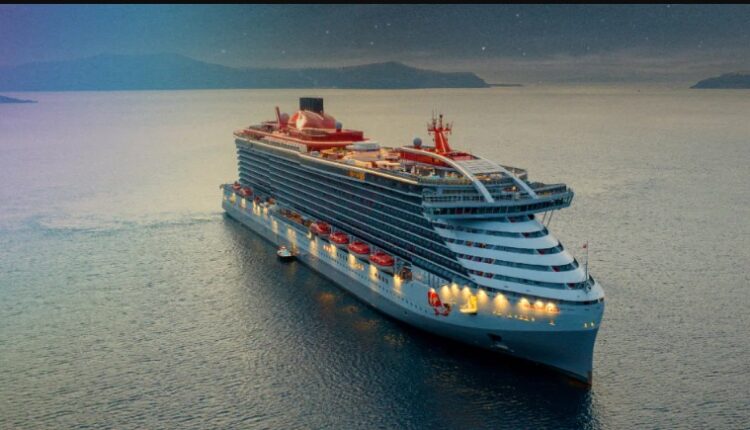The world’s destinations welcomed a combined total of 1.235 billion international overnight visitors in 2016, driven by the strength of the Asian market.
According to the full-year data released this week by the UNWTO, global tourist arrivals increased by 3.9% in 2016, as an additional 46 million travelled overseas compared to 2015.
And this growth was led by destinations in the Asia Pacific region, which increased 8% year-on-year, with an additional 24m arrivals taking the region’s total to 303m. This means that Asian destinations now handle approximately a quarter of global tourist arrivals.
Growth was strong across the region, with Oceania receiving 10% more arrivals, South Asia 9% more, and Northeast and Southeast Asia both increasing 8%.
Africa (+8% to 58m arrivals) rebounded after two weak years, but growth was more subdued in the Americas (+4% to 201m) and Europe (+2% to 601m). Unrest in the Middle East however, caused visitor arrivals to decline (-4% to 54m). By sub-region, the world’s fastest-growing destination was Sub-Saharan Africa (+11%).
“Tourism has shown extraordinary strength and resilience in recent years, despite many challenges, particularly those related to safety and security. Yet, international travel continues to grow strongly and contribute to job creation and the wellbeing of communities around the world,” said UNWTO secretary-general, Taleb Rifai.
2016 marked the seventh consecutive year of growth in the tourism industry, following the global financial crisis. As a result, the world now welcomes 300m more international travellers than it did in 2008.
In 2017, global tourism is expected to continue growing at a rate of 3-4%. Asia Pacific and Africa are both expected to increase 5-6%, the Americas 4-5%, Europe at 2-3%, and the Middle East at 2-5%.



 share
share
























